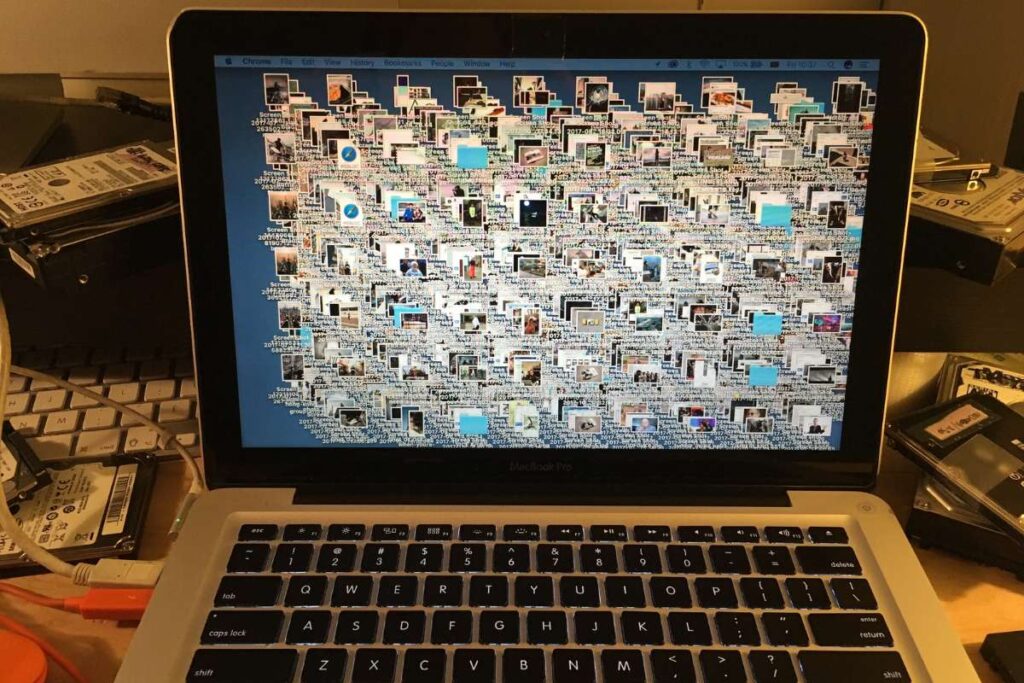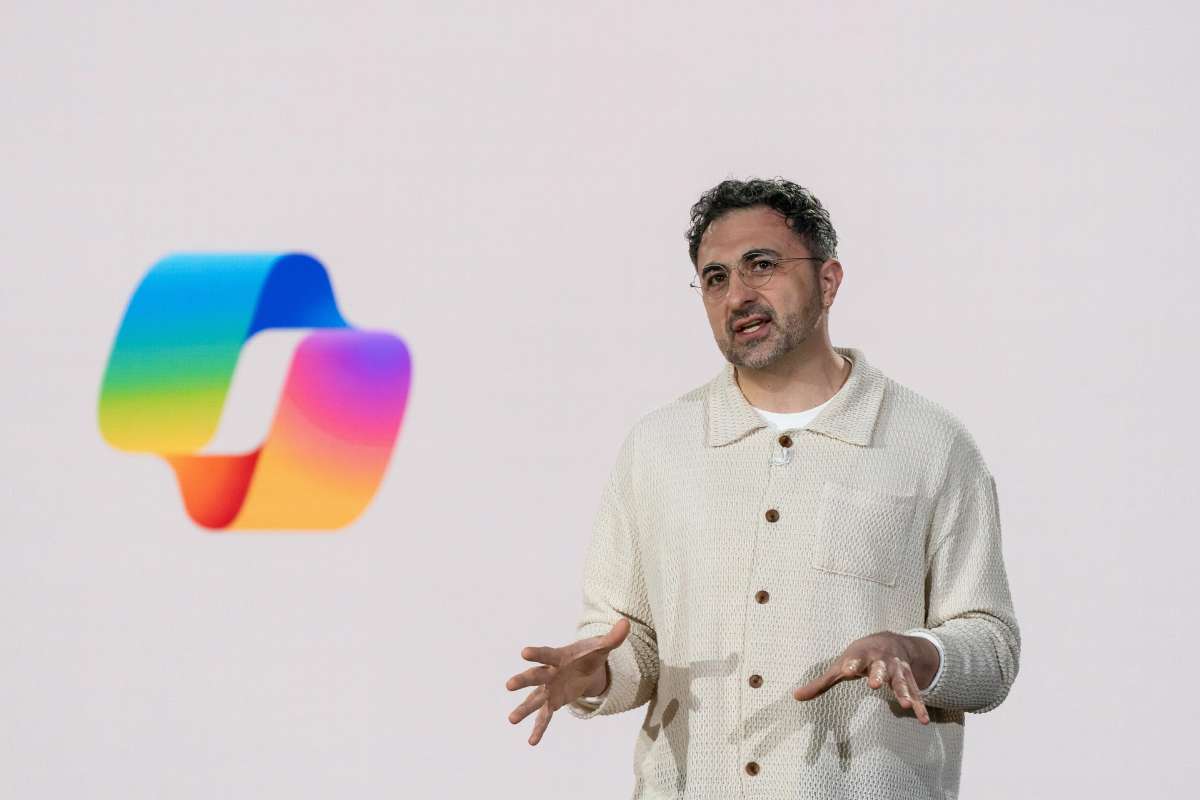Phone usage has become deeply woven into the rhythm of the modern workday. While smartphones keep us connected and informed, they also introduce constant distraction, one of the most significant barriers to productivity. The frequent urge to check messages, scroll through apps, or respond to notifications can quietly reduce focus, delay tasks, and leave work feeling fragmented.
Many professionals don’t realize how much these minor interruptions add up throughout the day. Over time, phone distractions at your workspace affect individual performance, team dynamics, and mental clarity. Addressing this challenge isn’t about eliminating phone use but understanding its impact and building healthier work habits.
This article discusses the subtle yet impactful influence of phone distractions at work, why breaking the habit is difficult, and what steps individuals and organizations can take to support better focus.
Why It’s Difficult to Break the Habit?
Most people don’t check their phones because they need to. They check them because it’s become automatic. The habit forms quietly, usually to deal with boredom, stress, or even brief pauses between tasks. Over time, your brain starts craving the instant gratification from notifications, messages, or even a simple scroll through your feed.
Smartphones are designed to hold your attention. The colors, alerts, and layout are all engineered to keep you engaged. This makes resisting them less about willpower and more about biology. Even when you know it’s disruptive, your brain has learned to expect the stimulation, and missing it can make you feel uneasy or restless.
Phone distractions at work are particularly hard to quit because the behavior doesn’t feel harmful in the moment. It feels like a short break or a mental reset. But dozens of these “short breaks” chip away at focus and leave you feeling scattered. The habit persists because the adverse effects are delayed, while the rewards are immediate.
Breaking this pattern means addressing the phone and the triggers that lead you to pick it up. It’s a gradual process of rewiring, not just removing.
10 Practical Steps to Minimize Phone Distractions at Work
Phone use doesn’t need to be eliminated. It just needs to be better managed. These ten actionable steps offer a realistic path toward reclaiming your focus without disconnecting completely.
1. The Myth of Multitasking
Contrary to popular belief, multitasking isn’t efficient. What we often call multitasking is just rapid switching between tasks; every switch comes at a cost. When you interrupt your work to check your phone, it can take your brain over 20 minutes to fully regain focus. Now multiply that by how often you glance at your phone each day.
Phone distractions at work aren’t just about the time you spend on your phone. They’re about the residual loss of mental clarity, the increased likelihood of mistakes, and the frustration of always feeling behind. You may think you’re staying connected, but you’re really slicing your attention into pieces too small to be useful.

2. Why We’re Wired to Check
It’s not just about willpower. Smartphones are built to exploit human psychology. Every ping or notification creates a minor hit of dopamine, a reward signal that reinforces the behavior. Over time, these cues condition our brains to seek the phone out, even when there’s no alert.
This explains why many people feel a phantom vibration or compulsively check their lock screen without knowing why. Phone distractions at work stem from habits designed into the device itself. The harder you try to resist without a plan, the more likely you will fail and blame yourself for it.
3. The ‘Always On’ Trap
Workplace culture plays a significant role in amplifying phone distractions. Being constantly available on email, Slack, or Teams sends the message that you’re productive and responsive, even if it means sacrificing deep focus.
This “always on” mindset encourages you to react quickly instead of thinking clearly. It rewards fast replies over meaningful results. It also fosters a culture where distracted work is accepted and expected. The irony? It leaves employees overwhelmed, disengaged, and often burned out.
Phone distractions at work flourish in environments where responsiveness is mistaken for effectiveness. Without organizational change, individuals struggle alone, caught between the need to focus and the pressure to reply.
4. Micro-Interruptions, Macro-Consequences
One of the most overlooked aspects of phone distractions at work is how cumulative they are. Employees check their phones an average of 58 times daily during work hours, often for non-work purposes. Each check-in may feel brief, but they disrupt the flow of attention and diminish your ability to stay engaged in the task at hand.
Even when you’re not actively using your phone, its mere presence can reduce cognitive performance. Having your phone face-up on your desk can lower your working memory, making it harder to retain information and solve problems. The constant anticipation of a notification keeps your mind slightly on edge, even in silence.
5. Digital Clutter Creates Mental Clutter
What’s on your phone is just as important as the device itself. Cluttered home screens, social media apps, and news alerts contribute to fragmented attention. Environments with digital or physical distractions lead to lower efficiency and higher error rates.
Phone distractions at work become harder to resist when your phone is filled with things designed to pull you in. It’s not about removing technology, but curating it. A clean phone layout, notification limits, and fewer non-essential apps can make focusing easier without superhuman discipline.

6. When Phones Disrupt More Than Focus
Distraction isn’t just a personal issue; it can erode team dynamics. Phone usage during meetings, even if discreet, signals disinterest or disengagement. When colleagues see you checking your phone, they may feel unimportant or overlooked. Over time, this weakens communication and trust within teams.
Healthy work relationships rely on presence. Work phone distractions often send an unintended message: “This conversation isn’t important enough for my full attention.” That message can quietly fracture morale and productivity in collaborative settings, even if everyone’s doing it.
7. How to Hack Back, Without Going Cold Turkey
The good news? You don’t need to throw your phone away to get your focus back. Incorporating “hacking back” distractions by designing better systems around phone usage is helpful. That means taking control of the environment, not just relying on sheer discipline.
Minor adjustments can make a big difference. Try putting your phone on “Do Not Disturb,” turning off those distracting red notification badges, or even keeping your phone in a drawer when you need to focus intensely. Instead of reaching for your phone without thinking, set specific times during the day to check messages and treat phone use as a planned activity.
When it comes to phone distractions at work, friction is your friend. The more intentional the design, the less tempting the distraction.
8. Management’s Role in the Attention Economy
Organizations that care about productivity must rethink how they measure success. Instead of praising always-on behavior, leaders should prioritize deep work, autonomy, and sustainable output. Forbes highlights companies that offer “focus hours,” ban phones during meetings, or use communication norms that don’t require instant replies.
Creating space for focus is a leadership issue. When managers set clear boundaries and model focused behavior, teams can do the same. In the long run, this improves both output and employee well-being.
9. Building a Focus-First Routine
Ultimately, the solution lies in redesigning your relationship with your phone, not cutting it off completely. Start your day by identifying your most important task, and give it the first 90 minutes of undistracted attention. Create zones of time where your phone is physically removed from sight. Reflect on when, why, and how you reach for it.
Phone distractions at work won’t disappear overnight. However, you can train your attention back into shape with consistent adjustments. Focus is a muscle; the less you surrender it to the buzz in your pocket, the stronger it gets.

10. Create a Personal Tech Boundary Agreement
Setting internal boundaries is just as important as external ones. Define when and how you’ll use your phone during work hours. For example, no phone use during your first hour of the day, or only checking messages after finishing a significant task. This self-made agreement becomes a daily reminder to respect your time and focus.
Phone distractions at work often stem from habits formed without intention. Creating a clear, personal framework reduces decision fatigue and develops a healthier rhythm with technology. It also helps you stay aligned with your priorities rather than reacting to everything your phone throws at you.
Conclusion
Phones aren’t the enemy. They’re often essential to how we communicate, organize, and perform. However, unchecked, they can quietly erode the skills that make work meaningful, focus, clarity, and connection.
Understanding the full impact of phone distractions at work is the first step to reclaiming your time and attention. The solution isn’t about digital detoxes or guilt; it’s about better habits, intentional design, and a culture that values real engagement over reactive presence.
You don’t have to quit your phone to do great work. You have to stop letting it choose your attention for you.


















